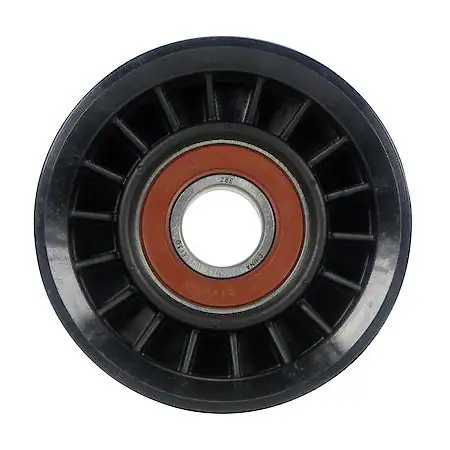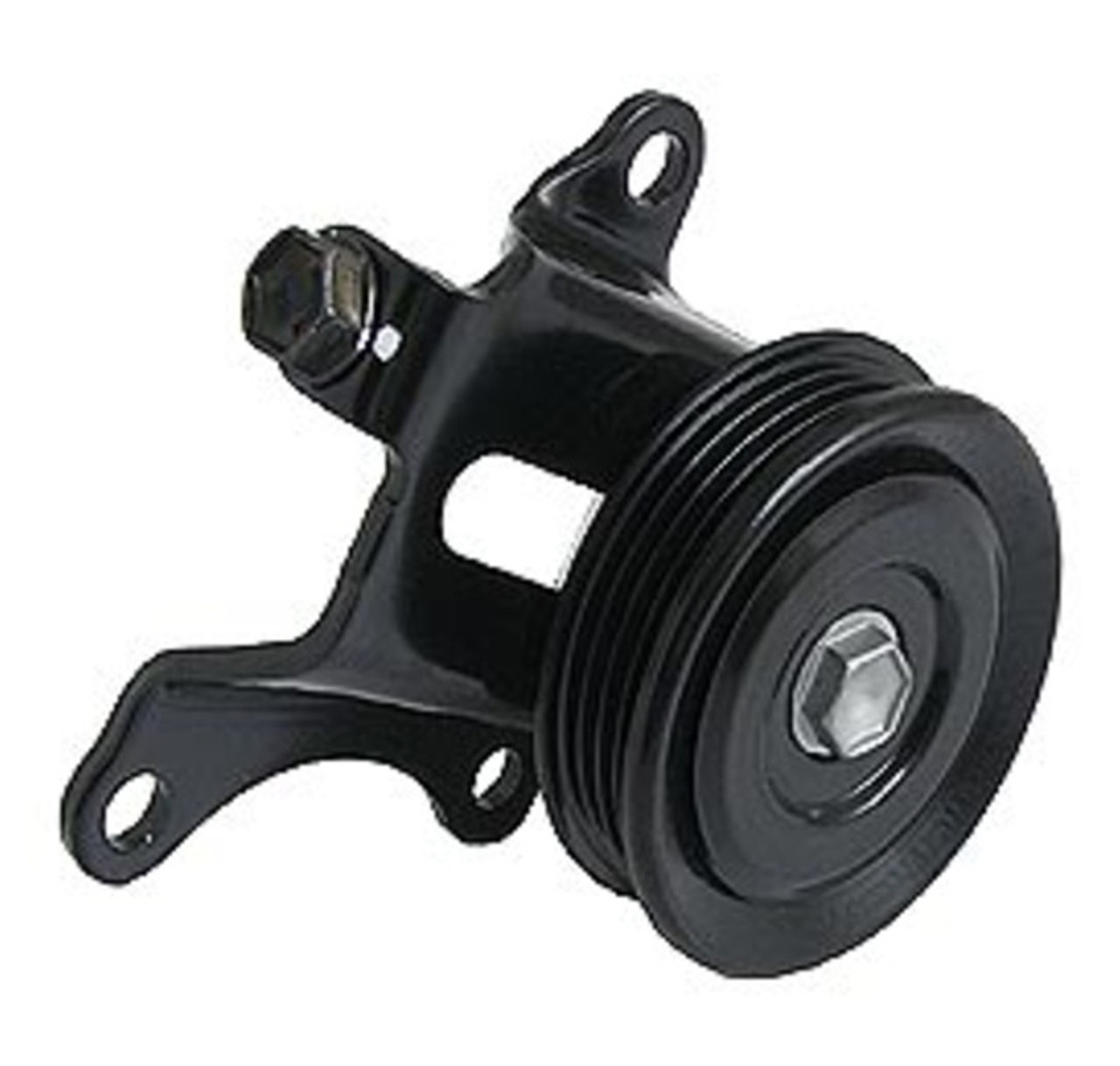Product Description
Company Profile
FAQ
Q: What’re your main products?
A: DC brushless motor roller/AC 3ph motor roller/Direct drive motor roller/Oil immersed motor roller/Gear reduction motor/controller box
Q: How to select a suitable motor roller?
A:If you have motor roller pictures or drawings to show us, or you have detailed specs like conveyor mode(pallet or belt),linear speed,loading weight,loading object material,roller diameter,length,voltage and noise level etc, then we can recommend suitable motor roller to you.
Q: Do you have a customized service for your standard motor rollers?
A: Yes, we can customize.
Q: Do you have an individual design service for motor rollers?
A: Yes, we would like to design roller individually for our customers.
Q: What’s your lead time?
A: Generally speaking, our regular standard product will need 7~15days, a bit longer for customized products. But we are very flexible on the lead time, it will depend on the specific orders.
Certifications
|
Shipping Cost:
Estimated freight per unit. |
To be negotiated |
|---|
| Material: | Carbon Steel |
|---|---|
| Surface Treatment: | Electroplating |
| Motor Type: | Build-in Motor |
| Samples: |
US$ 500/Piece
1 Piece(Min.Order) | Order Sample pls contact the saler
|
|---|
| Customization: |
Available
| Customized Request |
|---|

How are tension pulleys integrated into HVAC systems and air conditioning units?
Tension pulleys play a crucial role in HVAC (Heating, Ventilation, and Air Conditioning) systems and air conditioning units by ensuring proper tension and alignment of belts that drive various components. Here is a detailed explanation of how tension pulleys are integrated into these systems:
In HVAC systems and air conditioning units, tension pulleys are primarily used in belt-driven applications, where a motor drives a belt that transfers power to different components, such as fans, blowers, compressors, and pumps. The tension pulleys help maintain the correct tension in the belts, ensuring efficient power transmission and preventing slippage or excessive wear.
The integration of tension pulleys into HVAC systems and air conditioning units involves the following steps:
1. Belt Selection: The appropriate type and size of belts are selected based on the power requirements, speed, and the components being driven. Factors such as load, temperature, and environmental conditions are considered during belt selection. The belts should be compatible with the tension pulleys and provide the necessary grip and flexibility for efficient power transmission.
2. Pulley Placement: The tension pulleys are strategically placed within the system to guide and tension the belts. They are typically positioned at the points where the belt changes direction or wraps around a component. The precise placement depends on the specific system design and the location of the driven components.
3. Pulley Configuration: The tension pulleys are configured to match the belt profile and size. Pulleys with the appropriate diameter, width, and groove profile are selected to ensure proper belt engagement and alignment. The pulley configuration is optimized to minimize belt slippage, reduce noise, and maximize power transfer efficiency.
4. Tension Adjustment: The tension pulleys are designed to be adjustable, allowing for proper tensioning of the belts. The tension can be adjusted by either changing the position of the pulley or applying tensioning mechanisms such as spring-loaded arms or hydraulic systems. Proper tension adjustment is crucial for optimal performance and longevity of the belts and driven components.
5. Maintenance and Inspection: Regular maintenance and inspection of the tension pulleys and belts are essential to ensure their proper function. This includes checking for signs of wear, misalignment, or belt damage. The tension pulleys should be lubricated, if required, and any issues should be promptly addressed to prevent belt failure or system downtime.
6. Belt Replacement: Over time, belts may wear out or become damaged. When replacing belts in HVAC systems and air conditioning units, it is important to ensure that the new belts are compatible with the existing tension pulleys. The tension pulleys may need to be adjusted to accommodate the new belt length or thickness.
Overall, tension pulleys are integral components in HVAC systems and air conditioning units that help maintain proper belt tension and alignment. By ensuring efficient power transmission, they contribute to the reliable and smooth operation of the driven components, enhancing the overall performance and energy efficiency of the system.

What maintenance procedures are necessary to ensure the reliability of tension pulleys?
Proper maintenance procedures are essential to ensure the reliability and longevity of tension pulleys. Regular maintenance helps identify and address potential issues before they escalate, minimizing the risk of pulley failure and maximizing their performance. Here are some key maintenance procedures necessary for ensuring the reliability of tension pulleys:
1. Visual Inspection: Perform regular visual inspections of the tension pulleys to check for any signs of wear, damage, or misalignment. Look for worn-out or cracked pulley grooves, bent or loose pulley arms, and any abnormalities in the pulley structure. If any issues are identified, they should be addressed promptly to prevent further damage or failure.
2. Lubrication: Some tension pulleys may require lubrication to minimize friction and ensure smooth rotation. Refer to the manufacturer’s recommendations for the appropriate lubricant type and interval. Apply the lubricant as instructed, taking care not to over-apply, as excessive lubrication can attract dust and debris, leading to pulley slippage or reduced performance.
3. Belt Tension Adjustment: Regularly check the tension of the belts and adjust as necessary. Improper belt tension can result in slippage, reduced power transmission, and premature wear of the belts and pulleys. Follow the manufacturer’s guidelines to determine the correct tension range for the specific application and adjust the tension accordingly using the appropriate tensioning mechanism.
4. Belt Condition Monitoring: Monitor the condition of the belts that are connected to the tension pulleys. Check for signs of wear, cracking, fraying, or stretching. Replace any damaged or worn-out belts promptly to prevent belt failure, which can put excessive strain on the tension pulleys and lead to their premature failure.
5. Alignment: Proper alignment between the tension pulleys and the driven components is crucial for optimal performance and reliability. Misalignment can cause uneven belt wear, increased friction, and premature pulley failure. Regularly check the alignment using alignment tools or laser alignment systems and make adjustments as needed.
6. Cleaning: Keep the tension pulleys clean and free from debris, dust, or buildup. Regularly remove any accumulated dirt or contaminants using a soft brush or cloth. Pay attention to the pulley grooves and ensure they are clear of debris, as obstructions can affect belt engagement and performance.
7. Replacement of Worn Components: Over time, certain components of tension pulleys, such as bearings or bushings, may wear out and require replacement. Monitor the condition of these components during inspections and replace them as needed to maintain the reliability and smooth operation of the tension pulleys.
8. Record-Keeping: Maintain a record of maintenance activities performed on the tension pulleys, including inspection dates, adjustments made, and any repairs or replacements carried out. This record can help track the maintenance history, identify recurring issues, and facilitate future maintenance planning.
It is important to note that maintenance procedures may vary depending on the specific type and design of tension pulleys. Always refer to the manufacturer’s guidelines and recommendations for the particular pulley model to ensure the appropriate maintenance procedures are followed.
By implementing regular maintenance procedures and addressing any identified issues promptly, the reliability of tension pulleys can be enhanced, resulting in improved performance, reduced downtime, and extended service life.

In which industries and applications are tension pulleys commonly employed?
Tension pulleys, also known as idler pulleys or belt tensioners, find widespread use in various industries and applications where maintaining proper tension in belts or chains is essential. Their versatility and effectiveness make them a critical component in numerous mechanical systems. Here’s a detailed explanation of the industries and applications where tension pulleys are commonly employed:
1. Automotive Industry: Tension pulleys are extensively used in automobiles for maintaining tension in the engine’s accessory belts, such as the serpentine belt. They ensure proper power transfer to components like the alternator, air conditioning compressor, power steering pump, and water pump. Tension pulleys are also employed in timing belt systems to synchronize the rotation of the engine’s camshaft and crankshaft.
2. Material Handling and Conveyor Systems: In industries like manufacturing, logistics, and mining, tension pulleys are widely utilized in conveyor systems. They help maintain tension in the conveyor belts, ensuring efficient movement of materials. Tension pulleys are crucial for preventing belt slippage and maintaining proper engagement with the pulleys, enabling reliable and continuous material handling operations.
3. Agricultural Machinery: Tension pulleys are employed in various agricultural machinery, including combines, harvesters, and balers. They play a vital role in maintaining tension in belts or chains that power different components, such as the cutting mechanisms, conveyor systems, or the drive systems for grain or hay handling.
4. Industrial Machinery: Tension pulleys are commonly used in a wide range of industrial machinery and equipment. They are found in textile manufacturing machines, printing presses, packaging equipment, woodworking machinery, and more. Tension pulleys help maintain proper tension in belts or chains that drive various components, ensuring accurate and reliable operation of the machinery.
5. Power Transmission Systems: Tension pulleys are vital in power transmission systems, such as those used in pumps, compressors, and generators. They help maintain tension in belts or chains that transmit power from the motor to the driven components. Tension pulleys ensure efficient power transfer, prevent belt slippage, and minimize vibrations and noise in the system.
6. Fitness Equipment: Tension pulleys are commonly employed in fitness equipment, including treadmills, stationary bikes, and weightlifting machines. They help maintain tension in the belts or cables used for resistance and ensure smooth operation and consistent resistance levels during workouts.
7. Construction and Heavy Equipment: Tension pulleys are utilized in construction machinery and heavy equipment, such as excavators, cranes, and loaders. They are employed in the drive systems for components like conveyor belts, winches, and hydraulic systems, ensuring proper tension and reliable operation even under demanding conditions.
8. Marine and Marine Equipment: Tension pulleys find applications in marine systems and equipment, including boat engines, winches, and marine propulsion systems. They help maintain tension in belts or chains that drive components like water pumps, alternators, and steering mechanisms, ensuring reliable performance in marine environments.
9. Textile Industry: Tension pulleys are crucial in textile machines, such as spinning machines, weaving looms, and knitting machines. They help maintain tension in belts or chains that drive the various components of these machines, ensuring precise movement and control of the textile materials.
10. Printing and Paper Industry: Tension pulleys are employed in printing presses, paper manufacturing machines, and paper converting equipment. They help maintain tension in belts or chains used for paper feeding, printing, cutting, and other processes, ensuring accurate registration and reliable operation.
In summary, tension pulleys are commonly employed in a wide range of industries and applications, including automotive, material handling, agriculture, industrial machinery, power transmission systems, fitness equipment, construction, marine, textile, printing, and paper industries. Their ability to maintain proper tension in belts or chains contributes to the reliable and efficient operation of various mechanical systems across these sectors.


editor by CX
2023-09-19
